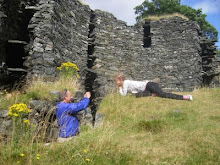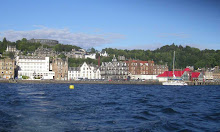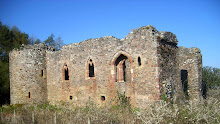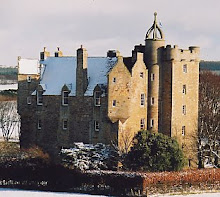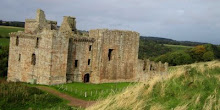The above plaque, on the wall just by the entrance to Edinburgh Castle, is ignored by just about everyone. However this spot is, in some sense, a part of Nova Scotia, Canada and as a result, Baronetcies of Nova Scotia can be created here - and were created here from 1624 to 1707.
It was all the idea of Sir William Alexander of Menstrie, courtier, poet and adventurer who took Nova Scotia, other parts of Maritime Canada, (and the present state of Maine) for his king, James VI of Scotland, 1st of England. In return he was given Long Island, New York which he sold!
However most of the 329 Baronets of Nova Scotia lived happily in Scotland without so much as a look at the Atlantic, let alone crossing it. This was an early example of 'Cash for Honours'.
It is nicely summed up by Electric Scotland. He writes that Sir William suggested to his Majesty that "it might encourage development of a New Scotland if His Majesty were to offer a new order of baronets. The King liked the idea. After all, his creation of the Baronets of England in 1611 and the Baronets of Ireland in 1619 had raised £225,000 for the Crown. King James signed a grant in favour of Sir William Alexander covering all of the lands ‘ between our Colonies of New England and Newfoundland, to be known as New Scotland ’ (Nova Scotia in Latin), an area larger than Great Britain and France combined."
About 100 of these baronetcies are still in existence. A display of the shields of the Arms of the Baronets of Nova Scotia is on display at Menstrie Castle.
 |
| Menstrie Castle |
In 1746 during the siege of Stirling, Sir Hugh provided lodging for Bonnie Prince Charlie who fell ill of a fever and was nursed by Sir Hugh's niece, Clementina Walkinshaw, later the mother of his only child Charlotte.
Bannockburn House, just by the big Stirling interchange on the M9, was in private hands until bought recently by the community, www.bannockburnhouse.scot .
 |
| Bannockburn House |













































